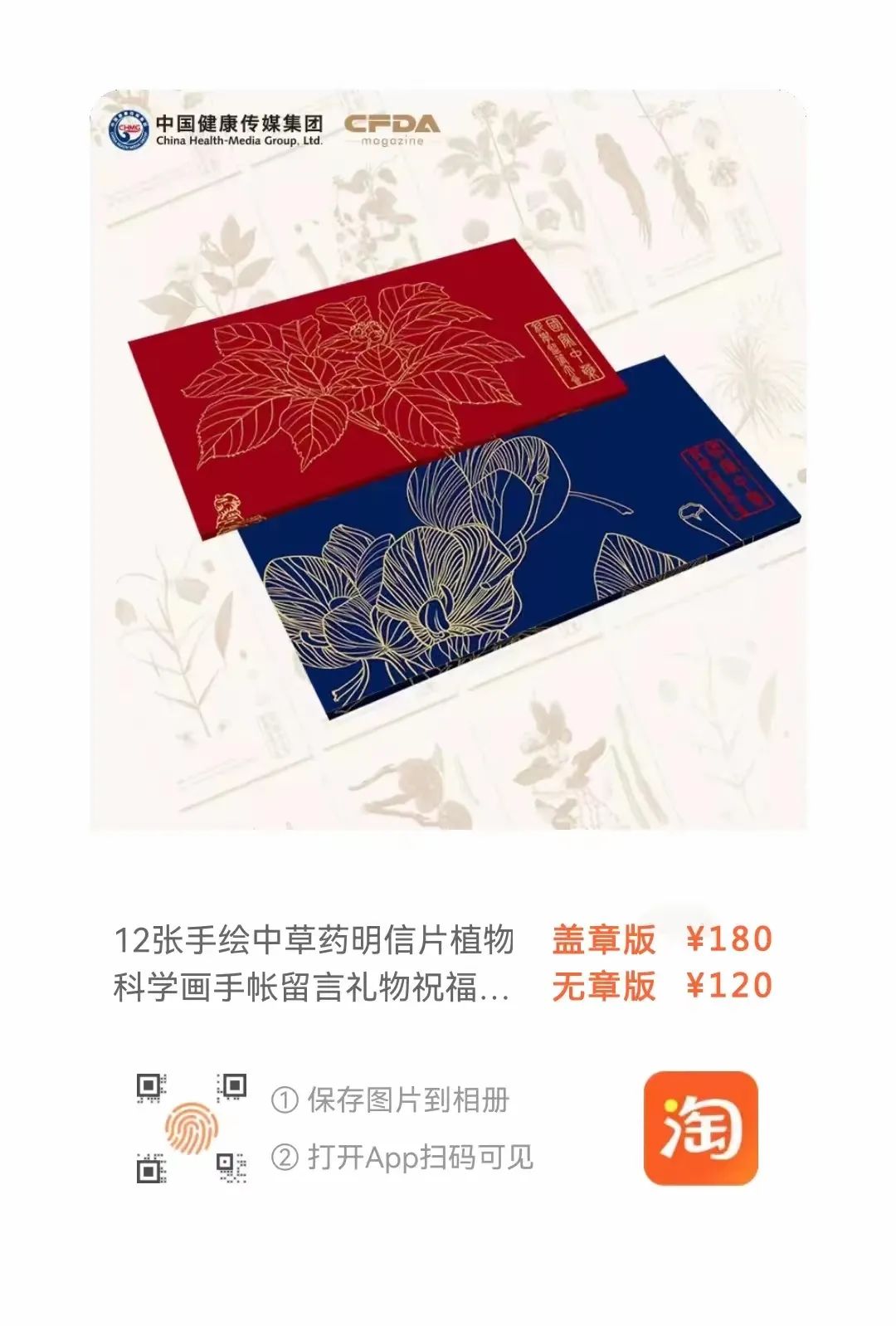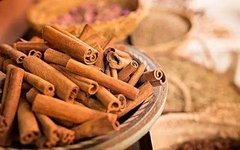Cinnamon (Rou Gui)
1
Introduction
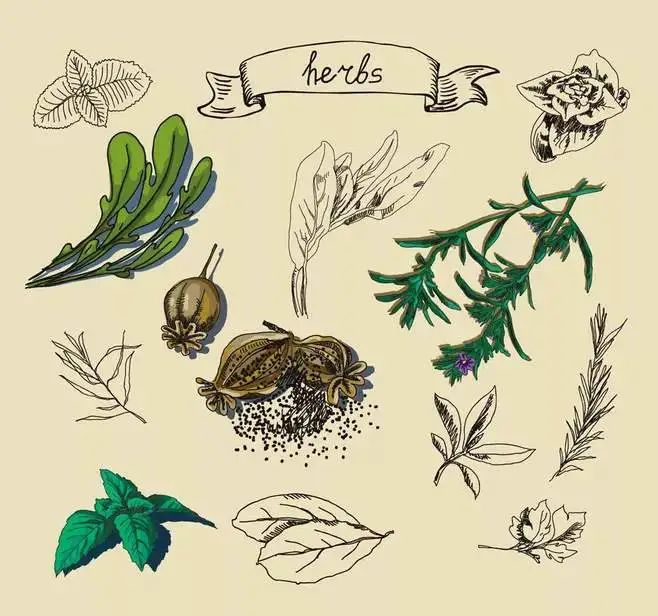
Cinnamon, also known as Cassia, Chinese cinnamon, or Yu Gui, is characterized by its thin bark, thick flesh, purple-red cross-section, high oil content, strong aroma, and slightly sweet and spicy flavor. The best quality is one that leaves no residue when chewed.
Cinnamon was first recorded in the Shennong Bencao Jing (Shennong’s Classic of Materia Medica) and has been documented in various herbal texts throughout history. Li Shizhen stated: “All wood leaves have a single vein, but cinnamon has two veins resembling a guiform shape, hence its name.” Originally from India, Laos, Vietnam, and Indonesia, it is now widely cultivated in Guangdong, Guangxi, Fujian, Taiwan, Yunnan, and other tropical regions.
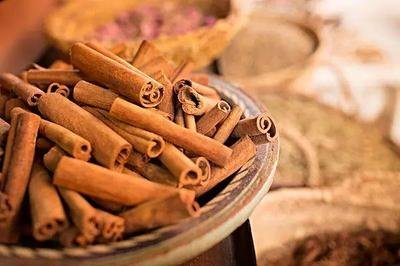
2
The Story of Cinnamon

In 333 BC, Alexander the Great of Macedonia first occupied the original habitat of aloe on Socotra Island, acquiring a large strategic reserve of aloe. During his eastern expedition, it is said that Xi Shi, one of the four great beauties of ancient China, suddenly felt a sore throat while playing the zither and singing. She took a large amount of heat-clearing and fire-purging medicine, which improved her condition but frequently recurred. After examination, the doctor noted her cold limbs, clear and prolonged urination, and a deep, thin pulse, and prescribed one pound of cinnamon. The pharmacy owner was puzzled and said, “A sore throat with swelling and ulceration is a condition of great heat; how can one consume the spicy and warming cinnamon?” After taking it, Xi Shi’s throat pain disappeared, much to her delight. The famous doctor remarked, “Xi Shi’s ailment is a cold and deficient throat condition; it cannot be treated without using methods to draw fire back to the source.” King Alexander ordered the carrying of a large quantity of aloe for wartime needs, using it to treat wounded soldiers, allowing festering wounds to heal, and to treat soldiers suffering from environmental changes, thus enhancing their combat effectiveness. It can be said that King Alexander established a vast empire spanning Europe, Asia, and Africa, with aloe playing an indispensable role.
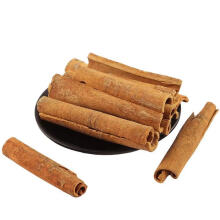
3
Growth Climate and Geographic Location

Cinnamon prefers a humid climate with abundant and evenly distributed rainfall. The areas around Luxian and Nanxi in southern Sichuan meet the moisture requirements for cinnamon. The growth environment requires an average annual temperature above 20°C, annual rainfall of 1200-2000mm, an average relative humidity of about 80%, and a foggy environment, while being sensitive to frost and snow.
4
Properties and Meridians (Chinese Pharmacopoeia)

【Main Properties】 Spicy, sweet, and very warming. It enters the Kidney, Spleen, Heart, and Liver meridians.
【Basic Effects】 Tonifies fire and assists yang, draws fire back to the source, disperses cold and alleviates pain, and warms and unblocks the meridians. It is used for impotence due to cold in the uterus, cold pain in the lower back and knees, kidney deficiency causing wheezing, floating yang, dizziness, red eyes, cold pain in the heart and abdomen, vomiting and diarrhea due to cold, cold hernia abdominal pain, and dysmenorrhea with amenorrhea.
【Materia Medica Summary】 The Bencao Huiyan states, “Cinnamon is a medicine for treating deep cold and chronic cold conditions. It is used for deficiency of yang leading to counterflow, or for abdominal pain and vomiting with diarrhea, or for long-term deficiency of heart and kidney leading to chronic cold and fear of cold, or for cold hernia causing severe pain, or for cold in the stomach causing fullness and distension, or for cold and stagnation of qi and blood leading to obstruction of the meridians. This flavor is thick, sweet, spicy, and very warming, descending and moving through the body, strengthening the yang of the life gate, nourishing the qi of the heart and kidneys, and guiding all medicines without fear, allowing yang to flourish and thus dispelling the aforementioned symptoms.”

5
Cinnamon Health-Promoting Recipes

Cinnamon Red Date Rock Candy Tea
【Ingredients】 2g of cinnamon, 8 red dates, 20 peanuts, and an appropriate amount of rock candy. Cook the peanuts until soft, then add cinnamon, rock candy, and red dates, and simmer for 10 minutes. Drink as tea, divided into morning and afternoon servings.
【Effects】 Cinnamon is very warming, warms the stomach, tonifies the spleen, and alleviates stomach pain and diarrhea, which is beneficial for those with weak kidney yang. Those with yin deficiency and excess fire should avoid it, and pregnant women should use it cautiously.
Cinnamon Porridge
【Ingredients】 60g of japonica rice and 5g of cinnamon powder.
【Effects】 Warms the center and tonifies yang. Suitable for cold in the uterus causing infertility and cold pain during menstruation.
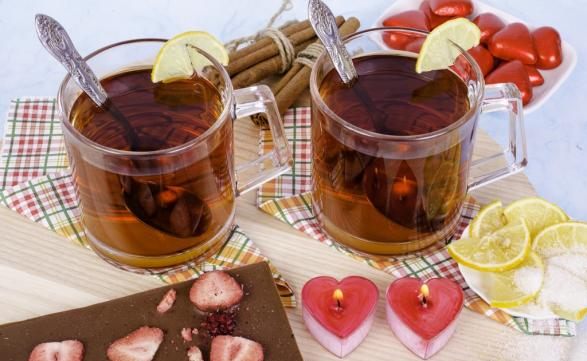
References
[1] Zhang Yuyan, Zhou Zuliang, Chen Xiaohong. “Research Status and Prospects of Cinnamon-Related Medicinal Materials” [J]. Journal of Traditional Chinese Medicine, 2021, 36(07): 1457-1461.
[2] Health Tea Can Regulate Stomach Pain [J]. Forestry and Ecology, 2017, No.747(12): 29.
Images and some text sourced from the internet (please delete if infringing)
Planning / Yin Peihao
Review / Yin Peihao
Editor / Xu Qiyue
Source / Medical Tumor Classroom
